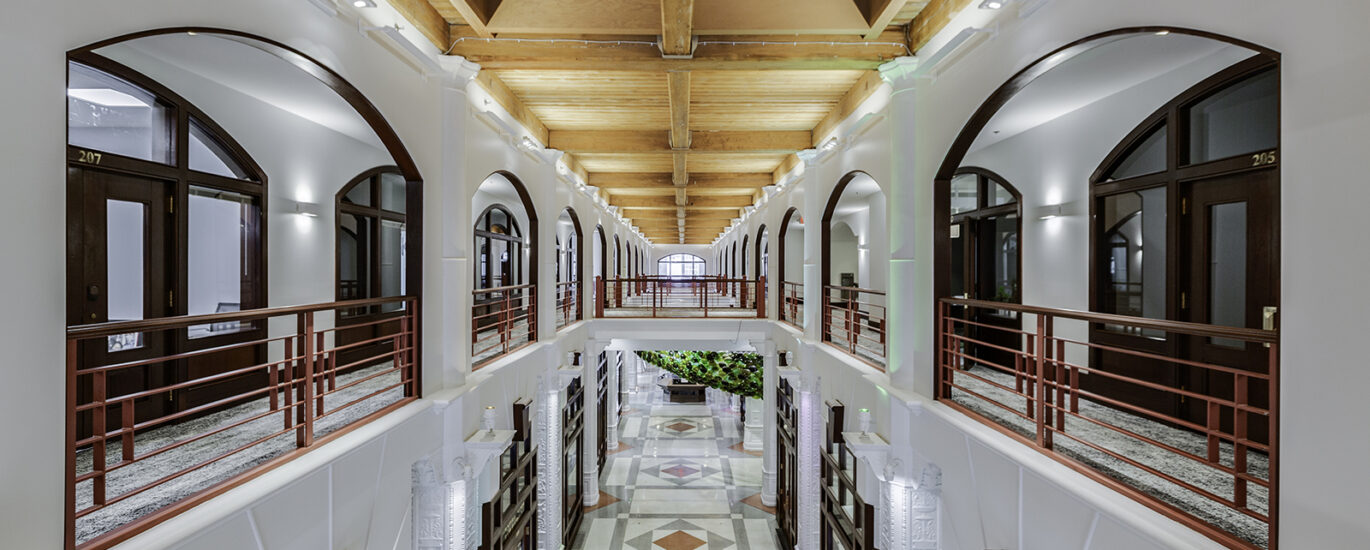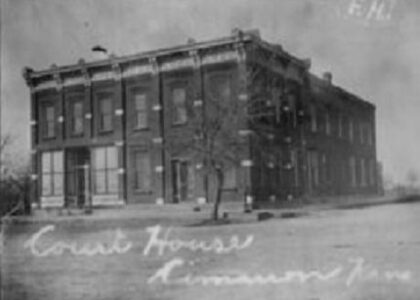The Lammert Building, a striking example of Americanized French Renaissance Revival architecture, stands proudly on Washington Avenue in downtown St. Louis. This historic structure, designed by the esteemed architectural duo William E. Eames and Thomas C. Young, was completed in 1898. Initially, it served as a hub for commerce, leased to the Hargadine and McKittrick Drygoods Company until 1923. This period of commercial activity was marked by the famous Embry v. Hargadine, McKittrick Dry Goods lawsuit, a significant legal case involving an oral contract dispute that continues to be a teaching example in law schools today.
In 1923, the building found new life under the ownership of the Lammert Furniture Company, a renowned wholesale and retail furniture vendor that had been a staple in St. Louis since 1861. The Lammert Company renovated the building, making alterations to its elegant facade that still captivate visitors today. Despite facing challenges in the evolving market, the store endured until 1973, briefly closing before reopening a year later.
The Lammert Building was designated a City Landmark in 1979, acknowledging its architectural significance and historical importance. A renovation in 1984 further restored its grandeur. Notably, the building housed Webster University’s downtown campus for many years, fostering education and community within its walls.
Today, the Lammert Building is a beacon of innovation as the home of T-REX, a non-profit technology and entrepreneur development center. T-REX has transformed the building into a vibrant coworking and collaborative space, supporting over 400 entrepreneurs and startups. The building’s interior now showcases modern renovations, including a stunning art installation featuring over 1,400 glass pieces crafted by the Lamar Johnson Collaborative and Third Degree Glass Company.
The Lammert Building’s journey from a bustling commercial hub to a center for entrepreneurial growth mirrors the dynamic evolution of St. Louis itself. As you pass by, imagine the stories of ambition and transformation that have unfolded within its walls, from the bustling dry goods trade to the cutting-edge innovations of today.





